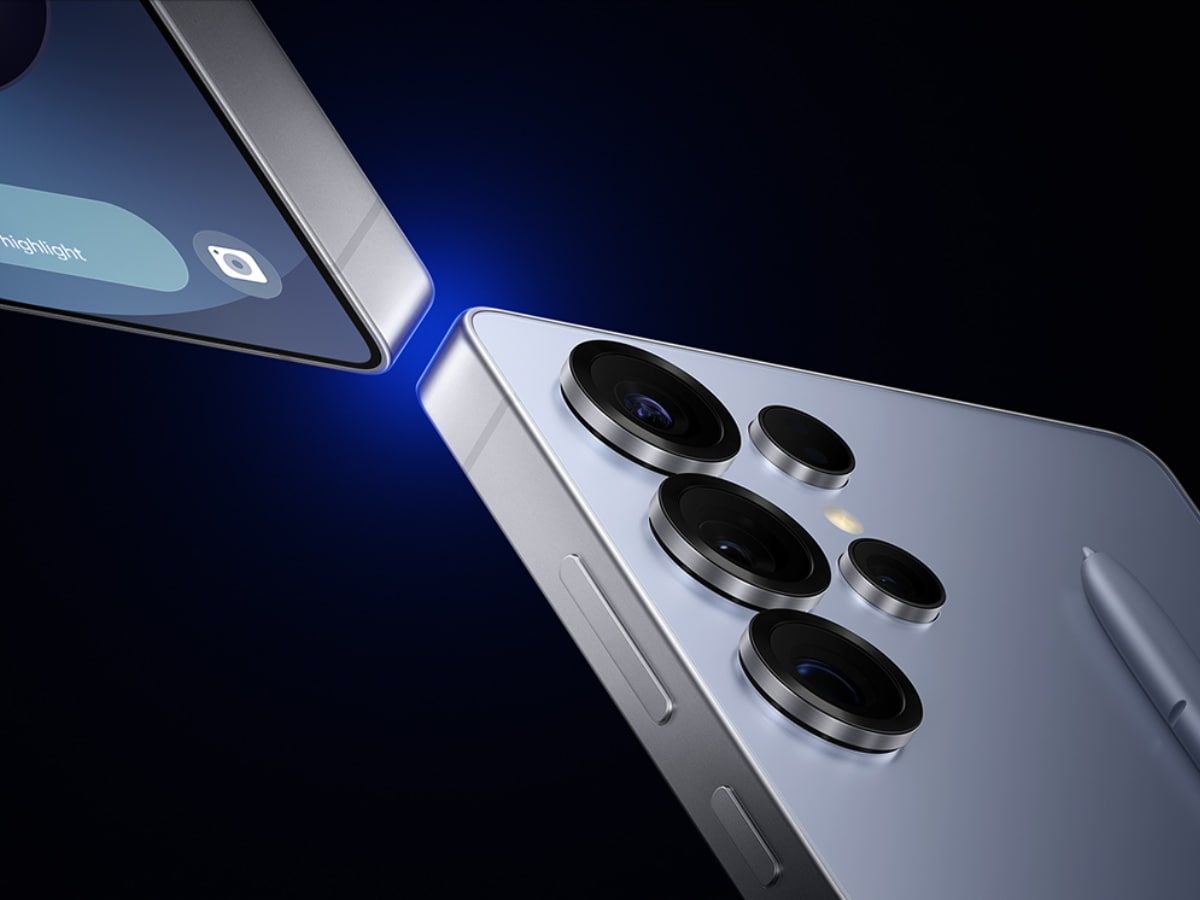A month ago AMD presented the Threadripper Pro 9000, a new generation of high -performance processors aimed at professionals who need to have a high number of nuclei, and a large parallel capacity, without giving up the latest security and protection functions at the hardware level.
Threadripper pro 9000 will be available from July, and will arrive next to the Threadripper 9000a series oriented to less demanding professionals and with more tight budgets, and also to those who do not need such a large amount of nuclei, and who want to use their PC to work and play.
Where the Threadripper 9000 fit
These processors are aimed at covering a market that has grown exponentially in recent years, that of Work stations. It is expected that, By the end of 2029, this market has reached 9 million unitsa figure that represents a very interesting “cake” for AMD, which as is logical wants to get a piece as large as possible.
The labor stations market is very wide, since it includes two major levels: portable and desktop equipment. To the latter level is the one that the Threadripper 9000 of AMD is directed in its two versions.
How the AMD Threadripper have evolved

I remember perfectly that, in the beginning, these processors reached the market as a solution for high performance computing, but they also addressed enthusiastic users who wanted to access A very powerful processor in Multihilo with a reasonable Price for what was in the market at that time.
The first -generation threadripper, also known as the 1000 series, offered a good performance in multihilo, but His performance in Monahilo had a lot of improvement margin. This improvement occurred with the arrival of Third Generation Threadripper, based on Zen 2 architecture, since they made a very large jump in monohilo in front of the previous generations, and as expected, they also hoped they also improved in Multihilo.

From there the growth and improvements received by the Threadripper processors were a real show, both in monohilo and in multihilo. AMD managed to raise monohilo performance to such a good level that it finally managed to create A generation of HPC processors capable of getting good performance in gamesa type of applications where monohilo power has more weight.
The threadripper 7000 were that off -road generation capable of offering an excellent level of performance in any scenario, both in monohilo and in multihilo, we already saw it in our analysis of Threadripper 7980x, and now, now, With the Threadripper 9000, AMD has returned to the bar.
Threadripper 9000 thoroughly

- Zen 5 Architecture.
- Up to 96 cores and 192 threads.
- Increase in core performance against Zen 4.
- Pipeline optimized for intensive work loads.
- AVX512 instructions in a pass (512 -bit data route).
- Improved ISA capabilities.
- It supports DDR5 memory to 6,400 mt/s.
- Compatible with the STR5 platform.

With the Zen 5 architecture, the TSMC 4 NM node jump. Each CPU Chiplet, also known as CCD unit, is manufactured in said node, and this translates into an improvement in performance per watt consumed.
This architecture offers An IPC increase of up to 16% Faced with the previous generation, and comes with other important improvements, among which we can highlight:
- PREDICTOR OF JUMPS WITH LESS LANENCY, MORE PRECISION AND MORE EXIT ABQUIS.
- Integrated dual decoding system.
- Improvements in the integral execution unit, with six ALU and three multipliers.
- Six pipelines, two of them FADD with a latency of two cycles.
- Improved Floating Coma Unit that can work with a greater number of instructions.
- Fold the maximum bandwidth of the floating coma unit.
- Improvements in data preload in the load and storage unit.
- The L1 cache increases from 32 kB to 48 kB and has 12 directions.
- Improvements in the cache with latency reduction.
- The bandwidth of the L2 cache has been bent, and the latency of the L3 cache has been reduced.

Threadripper 9000 processors use, both in their standard version and in the PRO version, the Chiplet or CCD unit as a central pillar. This one has 8 Zen 5 and 16 threadswhich means that each nucleus can work with a process and a subprocess, and add 40 MB of cache (8 MB of L2 and 32 MB of L3).
He Chiplet I/O It contains the entire input and output subsystem, the PCIE lines and the memory controller. Is manufactured in the TSMC 6 NM nodeand is placed in central position. It communicates with all the chiplets, which are located on both sides. This Chipplet also integrates the third generation Infinity Fabric subsystem, the management processor and the “Secure Processor”, the AMD integrated security solution.
A look at the Ryzen Threadripper 9000 and Str5 platform

- DDR5 memory settings support at 6,400 mt/s in up to eight channels.
- Compatible with “Interleaving” mode in 2, 4, 6 and 8 channels.
- RDIMM Modules Support, and “Single” and “Double Rank” modules.
- Up to 2 TB of RAM.
- Maximum CPU TDP supported: 350 watts.
- Up to 128 PCIE GEN5 lines.
- Safety functions with dedicated subsystem and protection through hardware, including safe start, trust hardware, SME (insurance memory encryption) and encryption AES 256 xts.
- Up to 32 IO Sata lines.
Models and specifications

Threadripper 9000 are divided into three different modelsThey admit RAM settings in four channels and offer up to 80 PCIE GEN5 lines. All have a 350 watt TDP, they can reach 5.4 GHz in Turbo mode with an active nucleus, and use SMT technology.
- Threadripper 9980x: 64 cores and 128 threads at 3.2 GHz-5.4 GHz. 256 MB of L3 cache.
- Threadripper 9970x: 32 cores and 64 threads at 4 GHz-5.4 GHz. 128 MB of L3 cache.
- Threadripper 9960x: 24 cores and 48 threads at 4.2 GHz-5,4 GHz. 128 MB of L3 cache.

Threadripper Pro 9000 WX are divided into six different models, and support memory settings into eight channels. They offer up to 128 PCIE GEN5 lines, they also have a maximum turbo of 5.4 GHz, and a 350 watt TDP.
- Threadripper 9995Wx: 96 cores and 192 threads at 2.5 GHz-5,4 GHz. 384 MB of L3 cache.
- Threadripper 9985Wx: 64 cores and 128 threads at 3.2 GHz-5,4 GHz. 256 MB of L3 cache.
- Threadripper 9975Wx: 32 cores and 64 threads at 4 GHz-5.4 GHz. 128 MB of L3 cache.
- Threadripper 9965Wx: 24 cores and 48 threads at 4.2 GHz-5,4 GHz. 128 MB of L3 cache.
- Threadripper 9955wx: 16 cores and 32 threads at 4, 5 GHz-5,4 GHz. 64 MB of L3 cache.
- Threadripper 9945wx: 12 cores and 24 threads at 4.7 GHz-5,4 GHz. 64 MB of L3 cache.
Threadripper 9000’s performance







What sectors are directed
They are processors oriented to the professional sector that, in general, are directed to professionals who They need to ventilate demanding workloads through a high number of nuclei/threads at the CPU level.

Among the sectors What more dependency they have From this type of processors we can highlight:
- Design and manufacturing: Conceptualization assisted by AI, 3D rendering and product visualization and advanced simulation.
- Multimedia and entertainment: Heavy work loads of special effects, improved video production, with color transcoding and gradation, and rendered in real time.
- Architecture, Engineering and Construction: Designs assisted by AI, footorrealist rendering of complex models and tutorials and real -time presentations through virtual reality.
- Science and software: Accelerated software compilation, assisted coding by means of IA using LLMS, gas and oil prospecting, and image and data processing.











